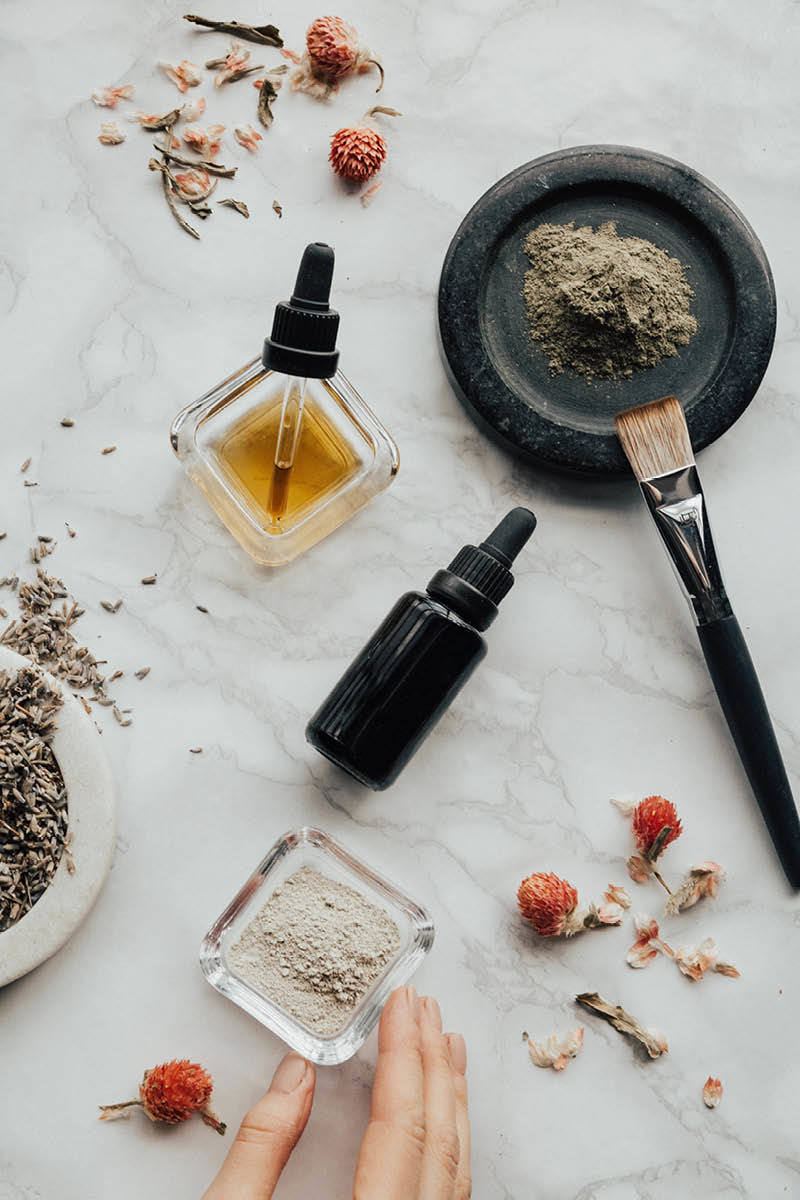
3 Ways To Avoid Falling For Beauty Industry Greenwashing
Your fave’s brand might even be doing it.
As sustainability has become a bigger talking point in the world of beauty, so has the term greenwashing; And that conversation is growing louder by each new beauty launch. For those of you who are unfamiliar, greenwashing is described as the practice of making misleading claims about the environmental benefits of a product or service. Eco-conscious decisions start with responsible ingredient sourcing and must be taken into consideration in packaging and shipping as well. Typically, the uproar within the beauty industry is caused by a lack of transparency and the most recent accusations have been thrown against Fenty Skin. The brand's first product launch features a Hydra Vizor moisturizer marketed as an “earth-conscious” product, because of its eco-friendly ingredients and refillable design. However, as consumers have got their hands on the packaging that’s made with seemingly excessive amounts of plastic with no indication of its ability to be recycled, these claims have started to lose their meaning. As a consumer it’s important to know what you’re buying into, so we thought we’d give you a few tips.

Photo: Daria Shevtsova via Pexels.com
1. Double-check the ingredients
Falling for products that claim to be “natural” or “free from chemicals” is a rookie mistake. This type of marketing feeds into the false idea that natural ingredients are always good for you and synthetic ingredients are always bad for you, which is not the case at all. If you’re unsure of whether an ingredient list corroborates with the way a product is being advertised, you can search up ingredients on the Paula’s Choice Ingredient Dictionary. Another good rule of thumb is to look for certifications on a product, rather than vague claims.

Photo: Shiny Diamond via Pexels.com
2. Double-check the packaging
I’m sure we’ve all seen beauty products with nature-themed packaging claiming to be eco-friendly or vegan but are made entirely out of plastic. This highlights a huge disconnect between the marketing of a product and its actual impact because that plastic will inevitably end up in a landfill or in the ocean which effectively isn’t doing the planet or the animals any favors. When it comes to packaging, the only way a brand could truly be considered eco-friendly is if they didn’t use packaging at all. This of course is close to impossible, so any efforts in making the packaging easy to re-use or recycle should be commended. Again, we shouldn’t be expecting perfection from brands, but we most certainly can demand honesty and transparency.

Photo: Anna Shvets via Pexels.com
3. Double-check your own consumption habits
The last thing we want to do is burden you as a consumer with the environmental responsibility that arguably belongs to big corporations profiting off over-consumption, however, we do want to encourage you to know that you have the power to make a change. The impact of fast fashion surfaces in most conversations to do with sustainability and now the beauty industry is also starting to be looked at under the same microscope for its wastefulness and the impossible demand that the lightning speed of new releases is creating. Most of the pressure to buy is caused by social media where newness is everything, and advertising that makes us feel like we’re doing good for the planet makes us even more inclined to press “Add to cart”. Just keep in mind that you don’t always have to buy into the hype.
Top Image: Anna Shvets via Pexels.com Preview Image: Karolina Grabowska via Pexels.com










